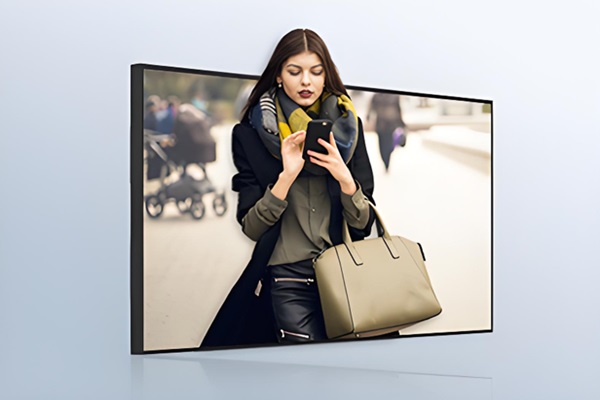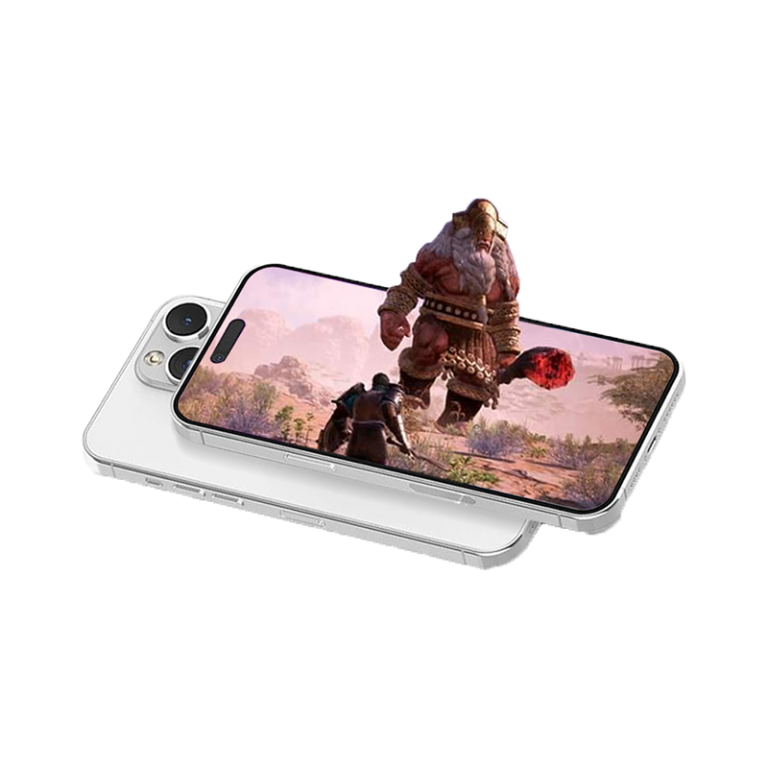Naked eye 3D hologram technology, once a concept reserved for science fiction, is now a reality. With the advancements in imaging, optics, and projection, naked eye 3D holographic displays have moved beyond prototypes and are making their way into practical applications. These displays offer a stunning visual experience, creating lifelike three-dimensional images that seem to float in space. But how exactly does this technology work, and what are the benefits?

A naked eye 3D holographic display utilizes light to create the illusion of a three-dimensional object. Unlike traditional 2D screens, these displays can project images that viewers can perceive as having depth, width, and height, all without the need for special glasses. The technology relies on manipulating light waves to reconstruct the light field, enabling the creation of dynamic visuals that appear realistic from multiple angles.
The use of naked eye 3D holographic displays has grown in a variety of fields, ranging from entertainment to business, education, and even healthcare. Companies like E3D have been developing cutting-edge products that push the boundaries of what 3D holographic technology can achieve. You can find various examples of these products, such as the E3D’s range of naked-eye 3D holographic displays here.
Benefits of naked eye 3D Holographic Displays
1. Immersive Visual Experience
One of the most significant advantages of a naked eye 3D holographic display is the level of immersion it provides. Unlike conventional displays, these holograms can engage viewers by creating the illusion of interacting with physical objects in real time. This makes naked eyes 3D holographic technology particularly appealing for the entertainment industry. For example, concerts and events now often feature holographic performers, giving audiences an entirely new way to experience live shows.
2. Enhanced Learning and Training
Naked eye 3D holographic displays are revolutionizing education and training. Imagine a medical student learning about human anatomy by observing a lifelike, rotating hologram of the human body, or an engineering student interacting with a 3D model of a machine in real time. The interactive and detailed nature of these displays can significantly enhance learning experiences. For corporate training and simulations, naked eye 3D holographic displays provide a deeper understanding of complex subjects without the need for physical models or mockups.
3. Effective Advertising and Marketing
In the business world, the power of a naked eye 3D holographic display can help companies stand out. Brands are increasingly turning to 3D holograms to showcase their products in retail environments or during exhibitions. The attention-grabbing nature of holograms ensures that potential customers are more likely to notice and remember the brand. For instance, E3D Meta’s naked eye 3D holographic displays are designed to captivate audiences with high-quality visuals, allowing businesses to create engaging presentations that traditional screens cannot match.
4. Space-Saving and Cost-Efficient Solutions
While traditional displays and physical models can take up significant space and resources, naked eye 3D holographic displays offer a space-saving solution. These holograms can project virtual objects that can be easily manipulated or replaced with different models, eliminating the need for physical prototypes. This not only saves space but also reduces costs in sectors like manufacturing, architecture, and product design. Additionally, the flexibility of 3D holographic displays allows for faster iterations and adjustments during the design process.
5. Medical and Healthcare Applications
In healthcare, the precision and depth offered by naked eye 3D holographic displays are proving beneficial for both diagnosis and treatment. Surgeons can utilize holographic imaging to visualize complex surgeries before performing them, ensuring greater accuracy. Furthermore, patients can better understand their medical conditions when shown a detailed 3D model of their body or treatment plan, improving communication between doctors and patients.
Conclusion
The future of naked eye 3D holographic displays is bright, with endless possibilities across various industries. From offering immersive entertainment experiences to transforming education and training, 3D hologram technology is quickly becoming an indispensable tool. Products like the E3D’s range of naked eye 3D holographic displays are at the forefront of this technological revolution, helping businesses, educators, and medical professionals create compelling visual experiences. Whether it’s for advertising, healthcare, or entertainment, the benefits of a 3D holographic display are undeniable, and as the technology continues to evolve, its applications will only expand further.





